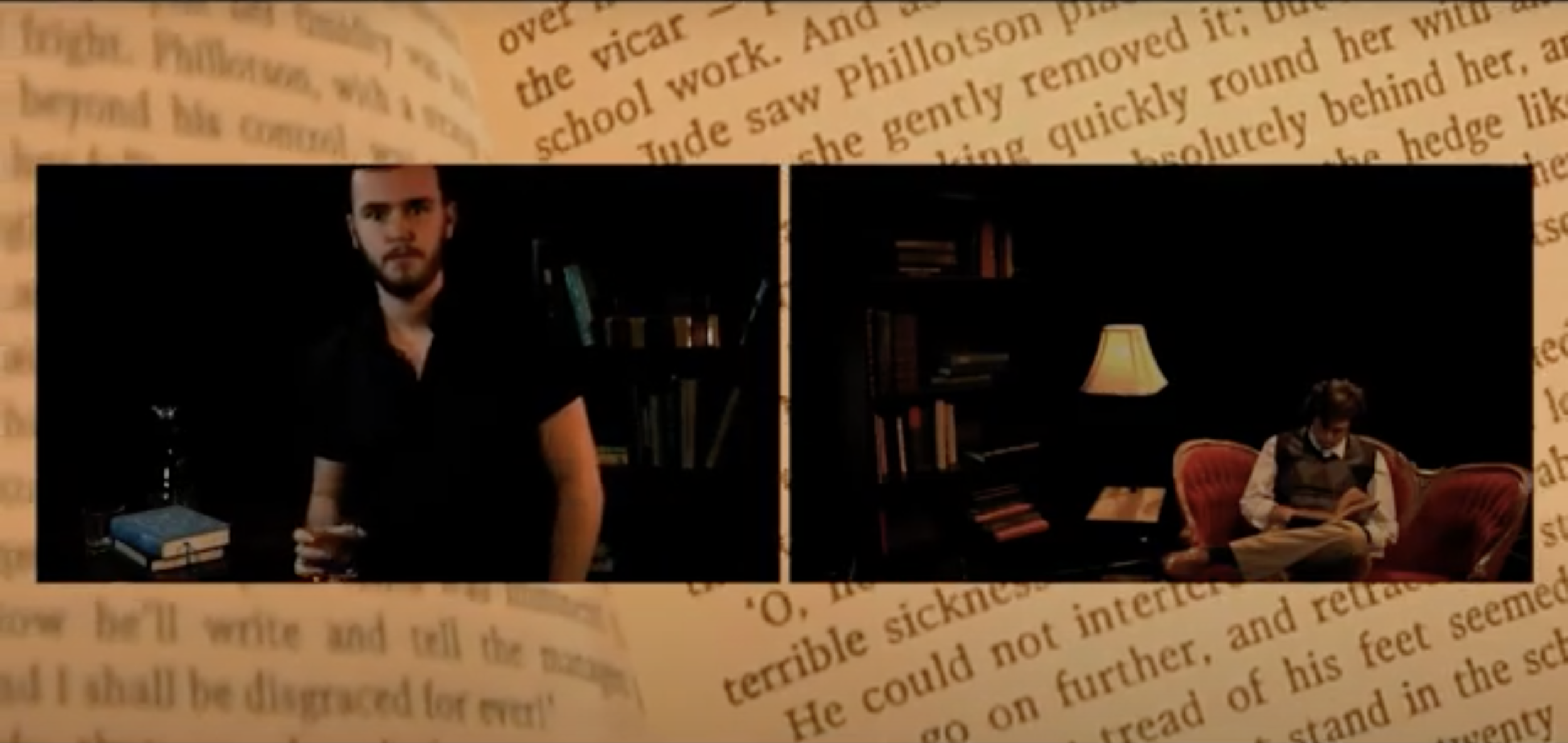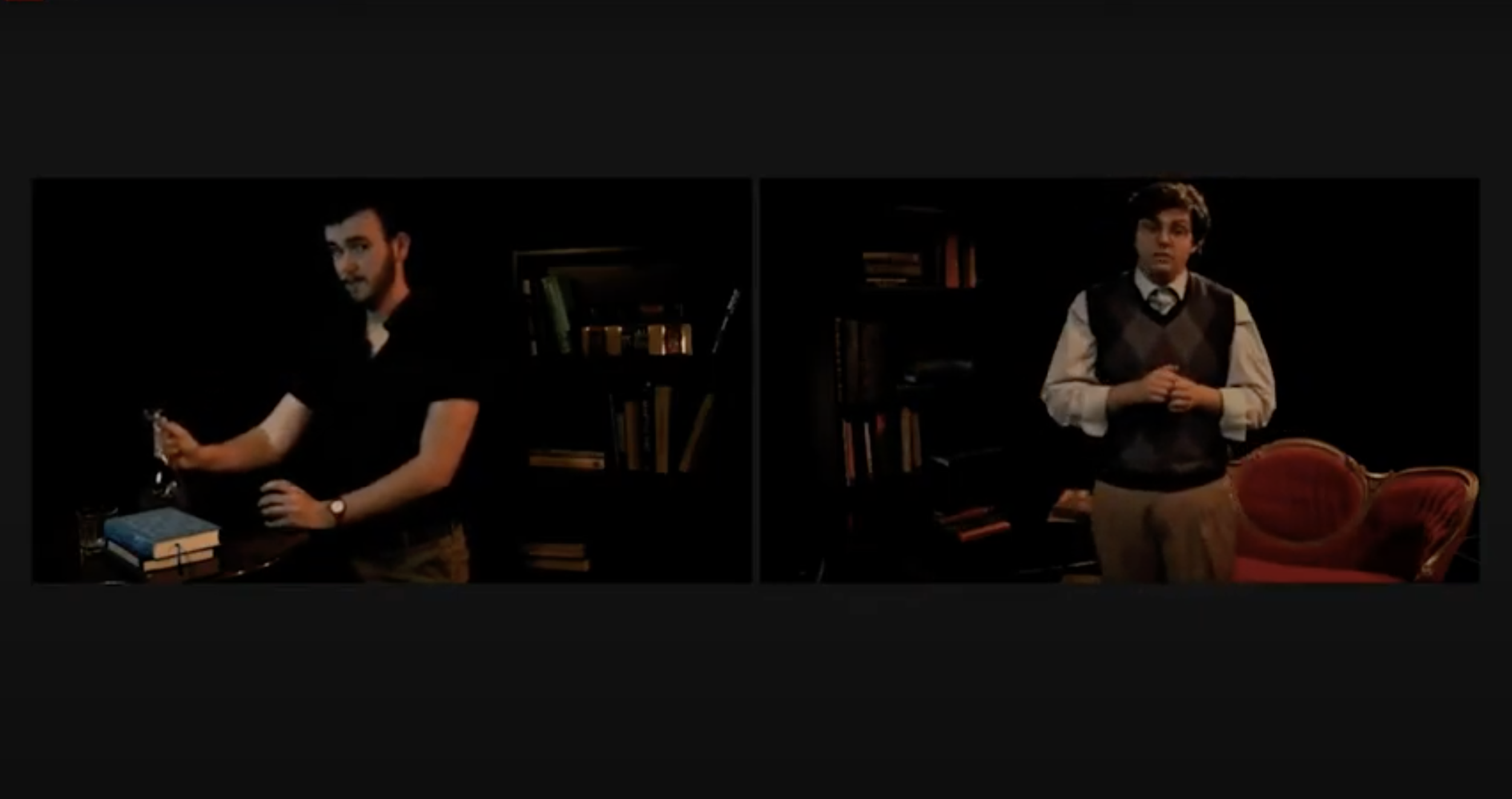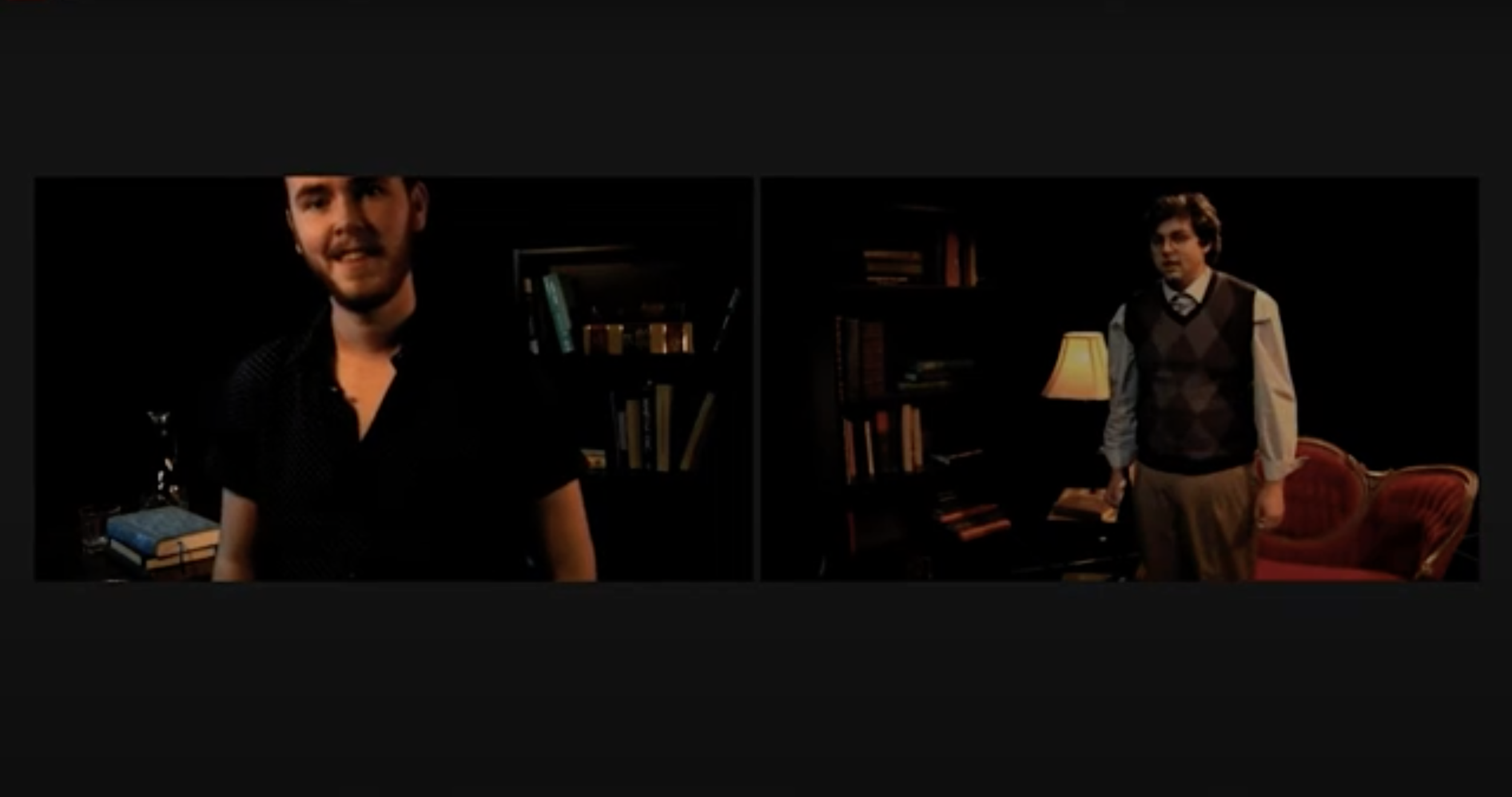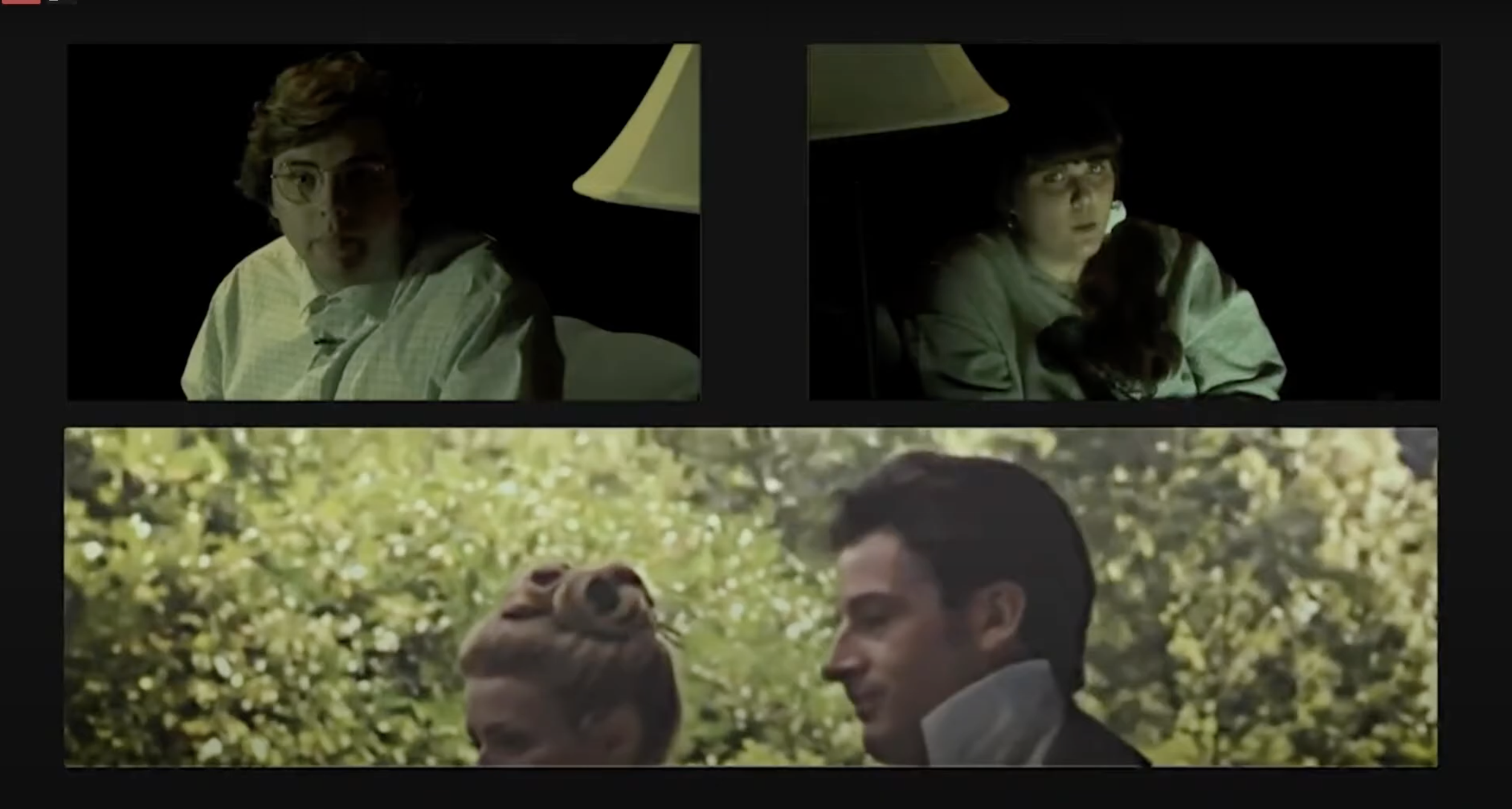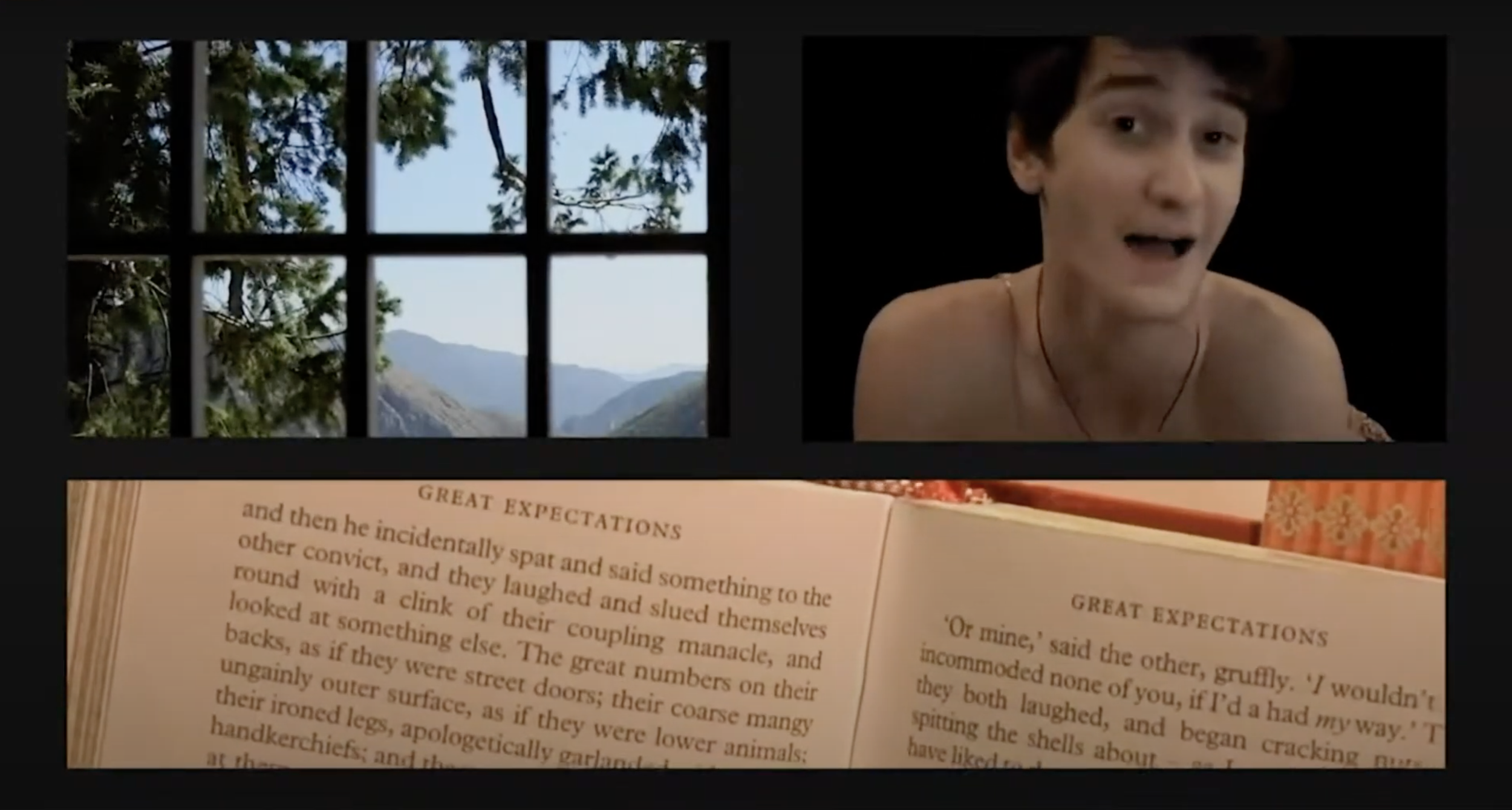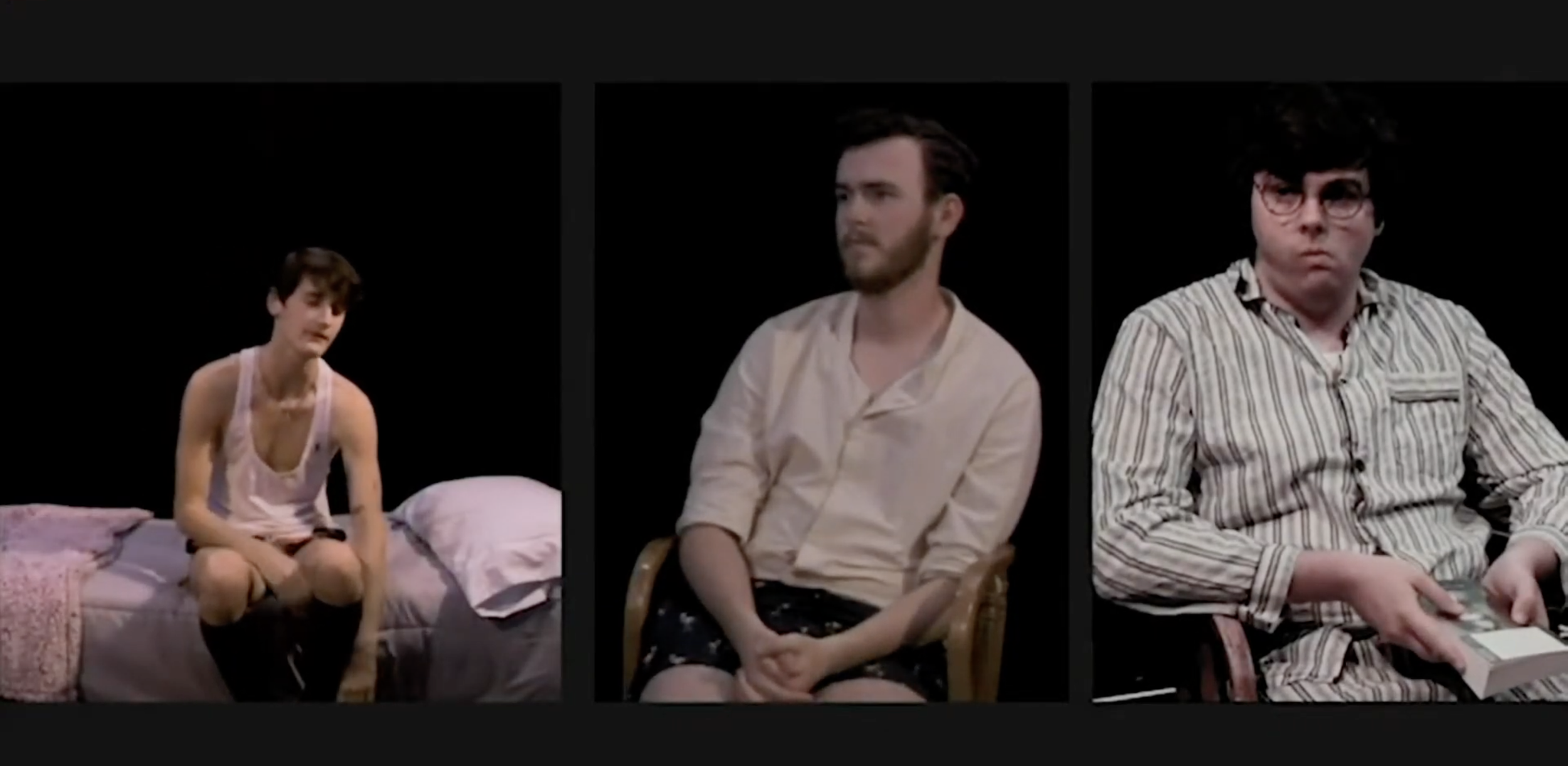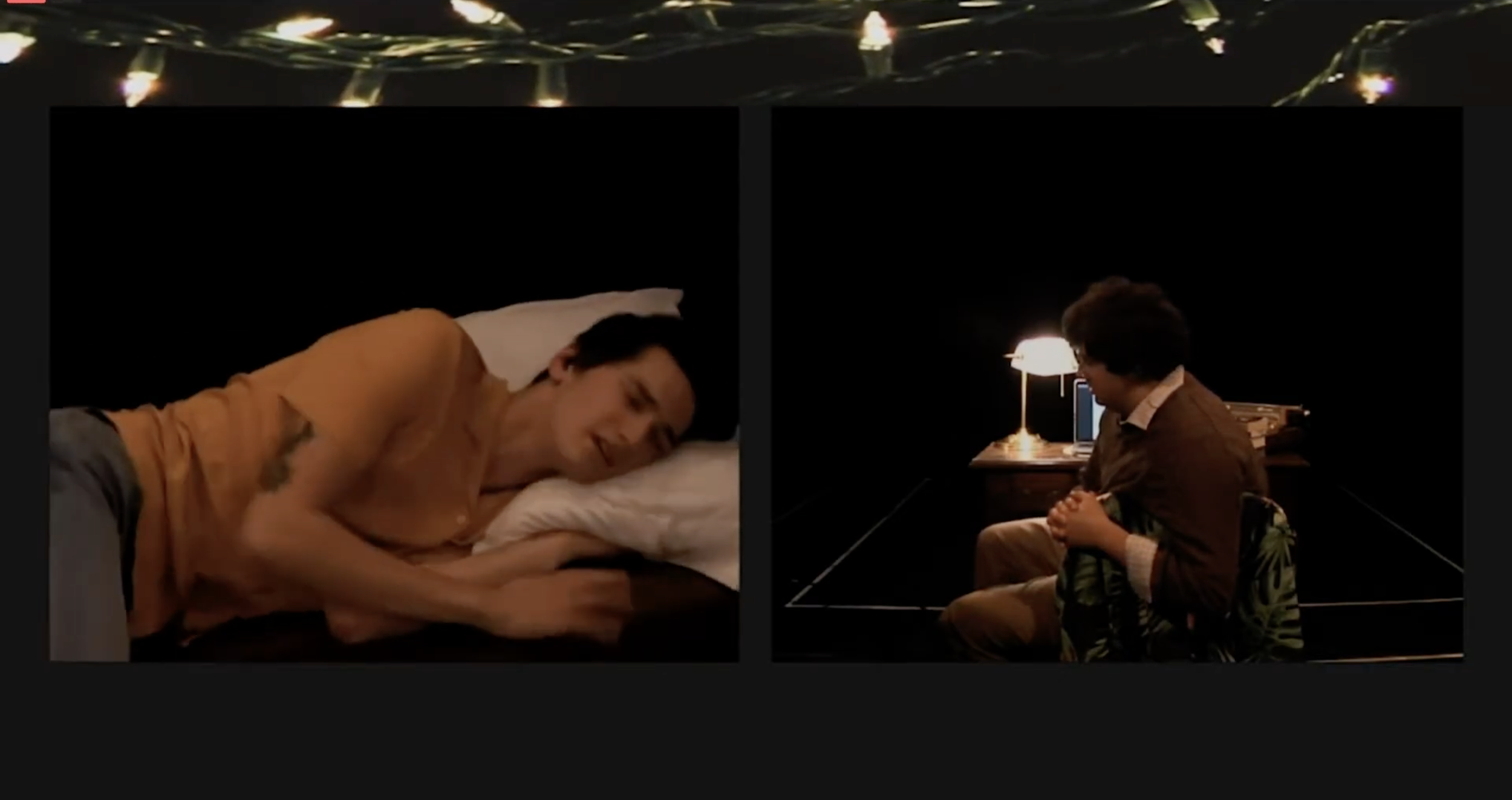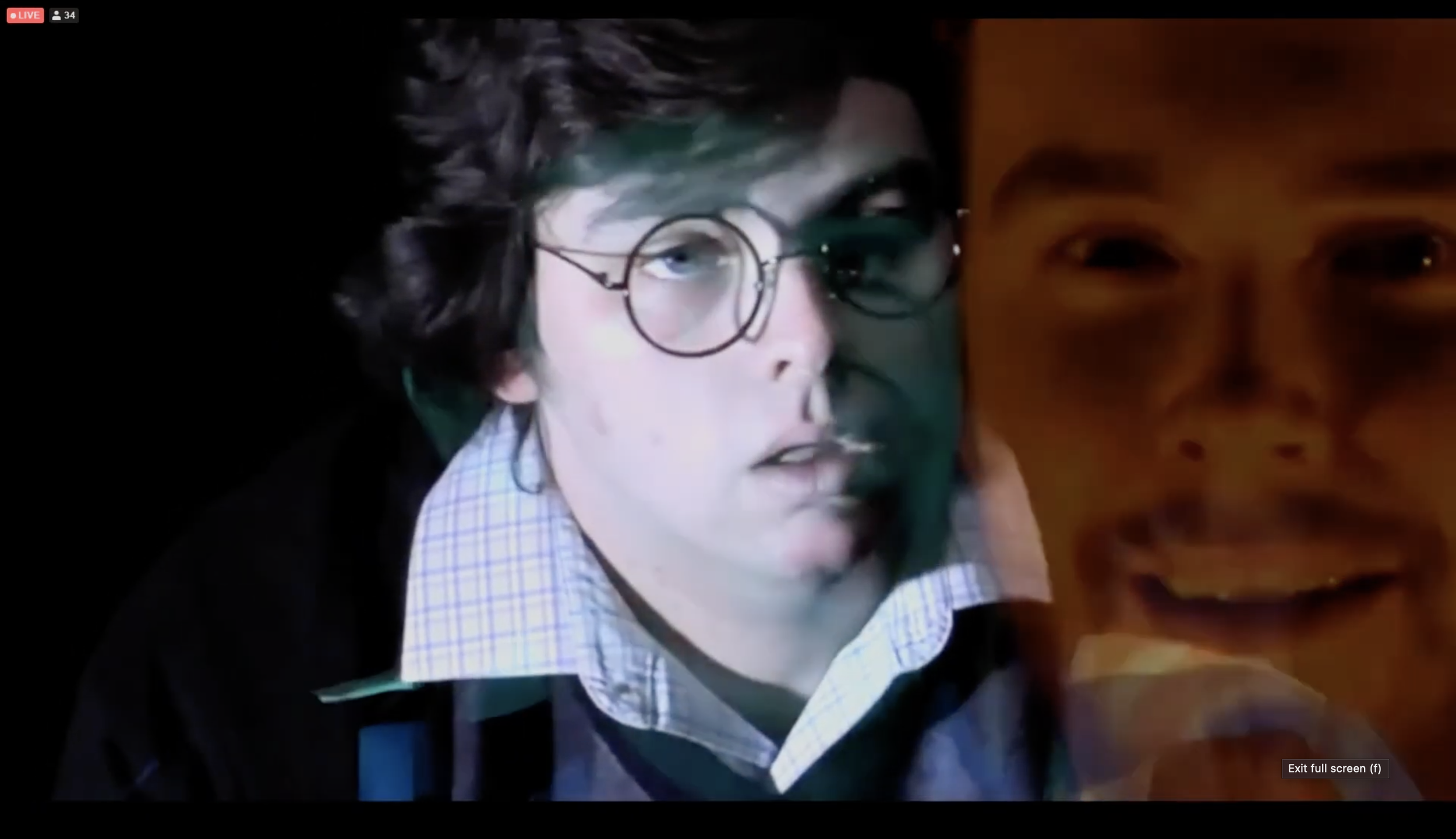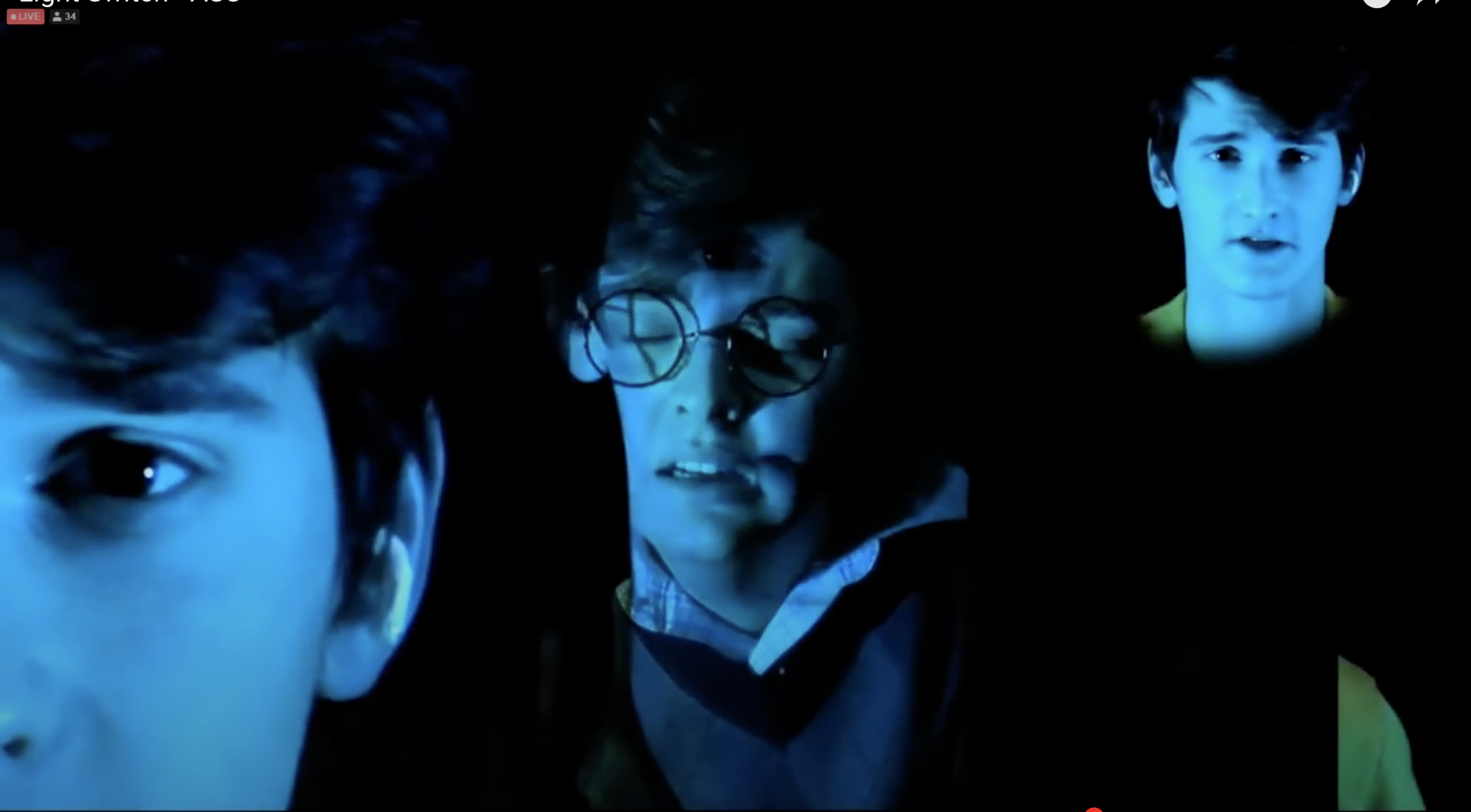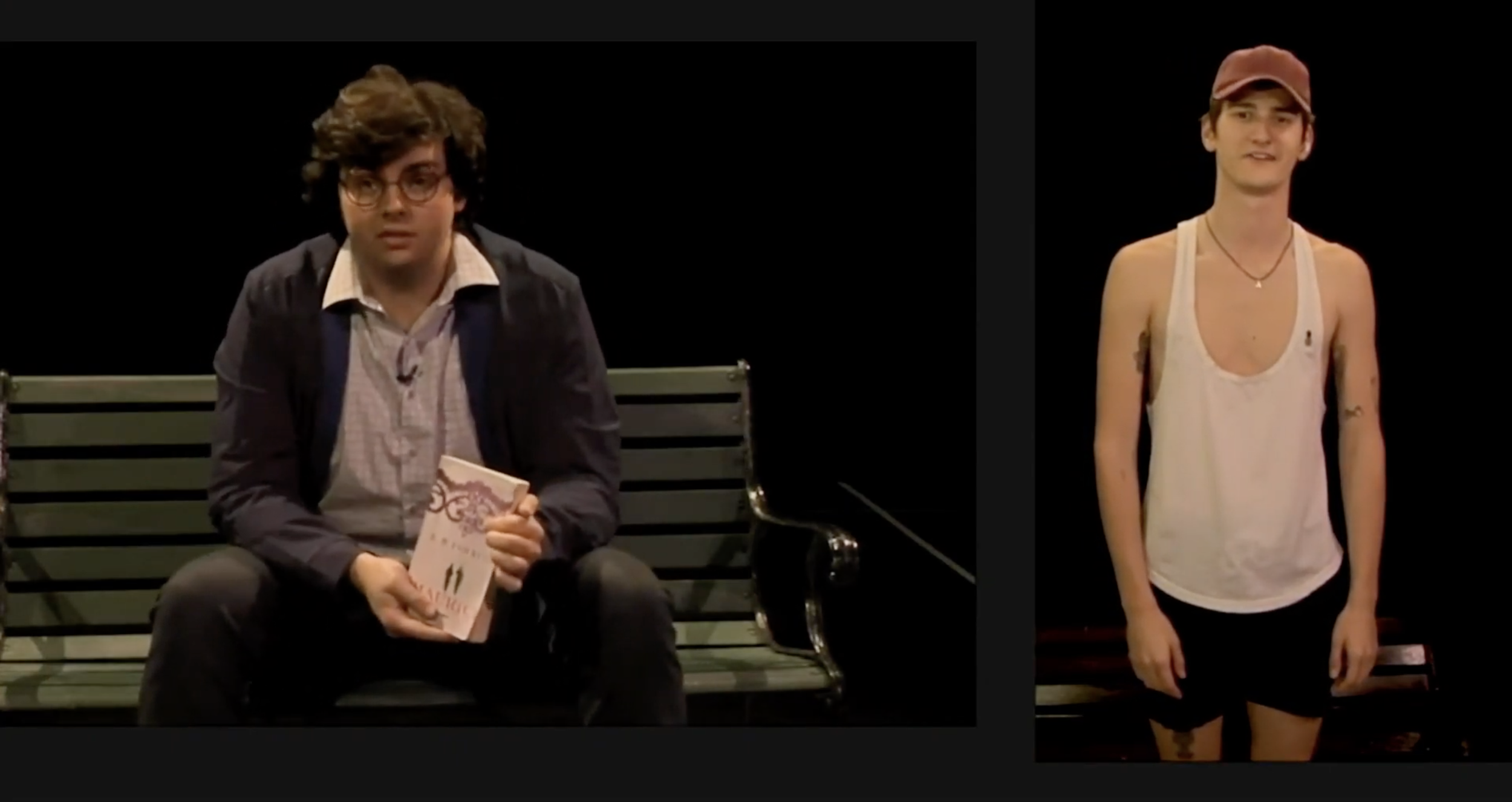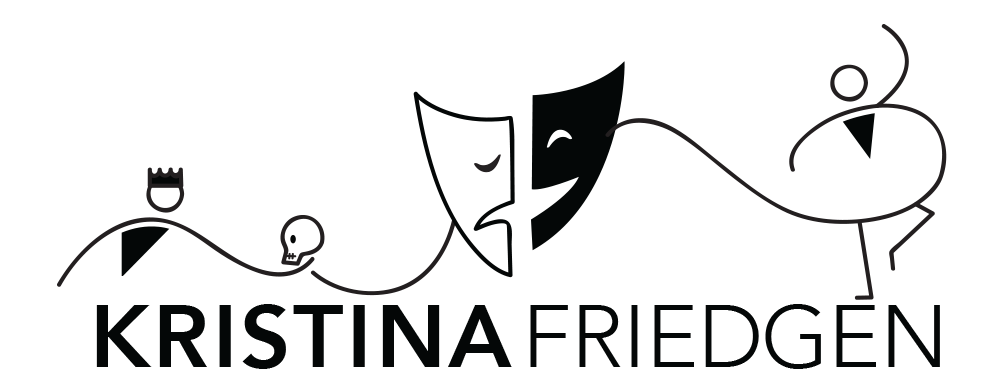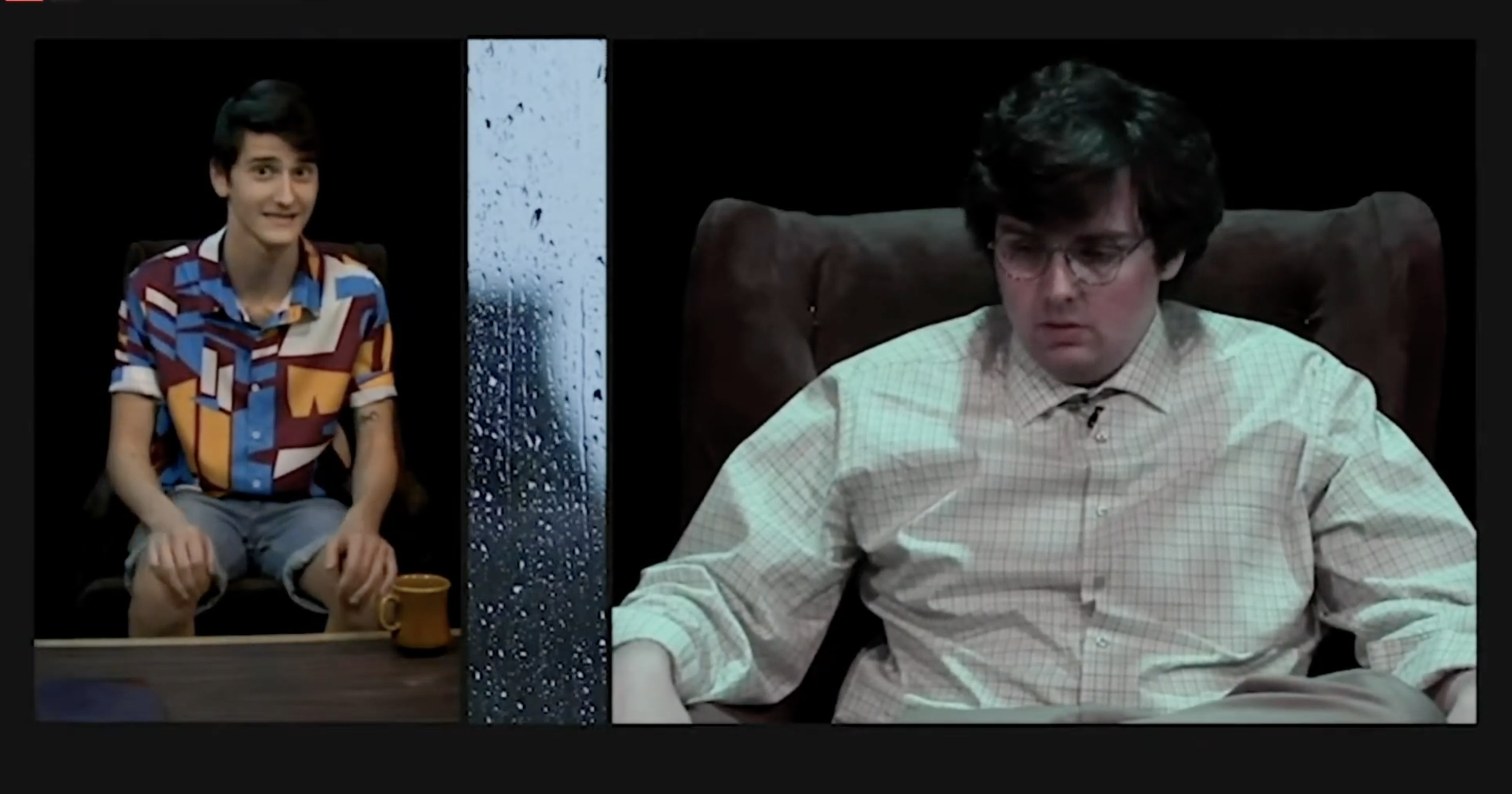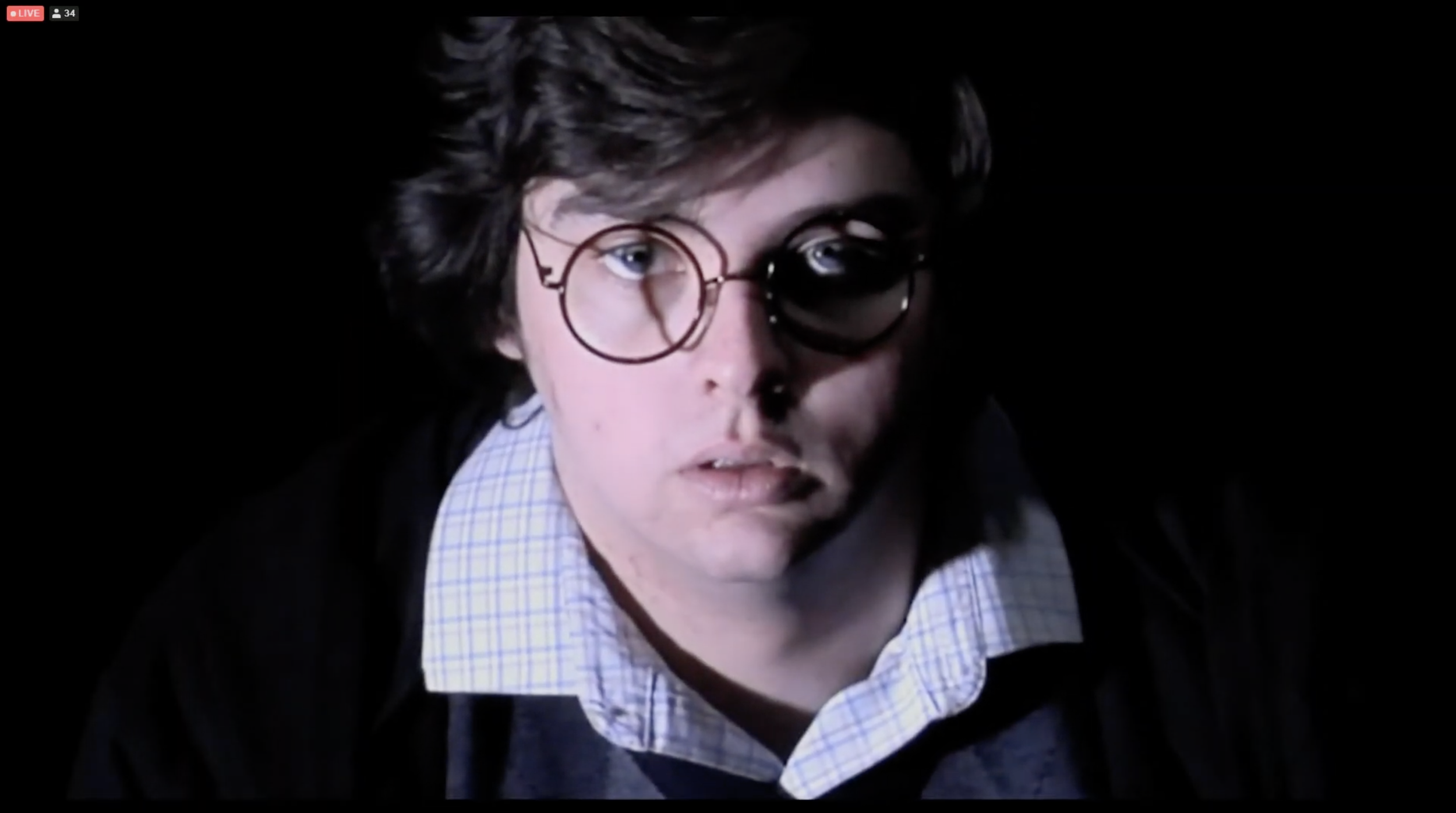
Light Switch
a new play by Dave Osmundsen
directed by Kristina Friedgen
produced by Arizona State University
Director’s Concept
Light Switch provides an opportunity to shed some light on the differences between the perspectives of neurodiverse and neurotypical people - and to some degree to investigate the power dynamics within those experiences.
I proposed we explore the following aspects in the design and production:
Henry as structured and compartmentalized juxtaposed with his internal passion, like Jane Eyre
The notion of pathetic fallacy aligned with Henry’s moods as the scene reveal changes in his circumstances
The theme of light as a textural element that Henry experiences both sensorially and emotionally
Director’s Note
The first time I encountered Light Switch I was at a party with Dave Osmundsen (our playwright). While telling me about the piece he pulled out his phone and had me read Henry’s “light switch” monologue. In it Henry describes how he experiences his autism through his passion for 19th-century British literature. Immediately the way that Henry describes his passion for this genre resonated with my experience of passion and obsession during my teens and early twenties. As a natural introvert, I often closeted myself and my feelings, preferring my own (often fantastical) perceptions of reality to actually acting on my passionate impulses, a perspective which intersects directly with Henry’s experience of the world.
For a person with autism, navigating a predominantly neurotypical world structure can be a daunting experience. Social norms that neurotypicals take for granted often befuddle those on the autism spectrum. Perhaps this accounts for Henry’s proclivity for 19th-century British literature. The worlds of Jane Austen, the Bronte sisters, and Charles Dickens demonstrate a society steeped in rigid social rules. Social protocols made it easy to read others’ intentions and subtextual meanings because of the clearly defined symbolic language to which society adhered. Such overt symbols rarely appear in everyday communications between people today.
In order to navigate through his world, Henry adopts a similar, albeit romanticized version of decorum. He sets a standard for those who develop attachments to him, refusing to associate with “imbeciles”. While this coping mechanism accounts for Henry’s limited group of friends, it also produces true attachments, Roggie and Marian being prime examples. While the manner of his speech, for instance, could be seen as alienating it is rather a behavior adopted for self-preservation. In bringing aspects of 19th-century behavior into his 21st-century life, Henry ensures that his “light switch” remains on. Henry’s passion and exuberance reminds me of Jane Eyre’s. There’s a fire within that she has learned to tamp down and control for the sake of others, but the embers remain.
Not only does Henry comport himself in the manner of a 19th-century Brit, he has also defined his love map by the structure of a 19th-century heroine. Idolizing stories like Wuthering Heights, Pride and Prejudice, and Sense and Sensibility shape Henry’s understanding of a healthy relationship. While this means that love can overcome social obstacles, it also epitomizes unhealthy advances, such as “negging” and obsessive declarations of unrequited love. As much as Henry’s passion for 19th-century British literature enlivens him, it also traps him, not unlike the ways in which women during the Regency were trapped by the fact of their status and marital status. However, unlike the heroines he admires, Henry can overcome the circumstances of his entrapment.
Light Switch is on its surface a queer and neurodiverse story. Through these specific lenses, however, it taps into distinctly human experiences - passion, rejection, self-preservation - that are arguably universal. While it can be useful to build boundaries between ourselves and others, we can only truly find deep connection with another when we open those boundaries up to a multitude of experiences. As Henry ultimately learns, there is more than one way to love something, more than one way to experience something - a lesson that is perhaps the epitome of a queer, neurodiverse lens.
Excerpt from the opening scene in Light Switch in which an 11 year old Henry confesses his love for his best friend Aaron.
Video Excerpts
